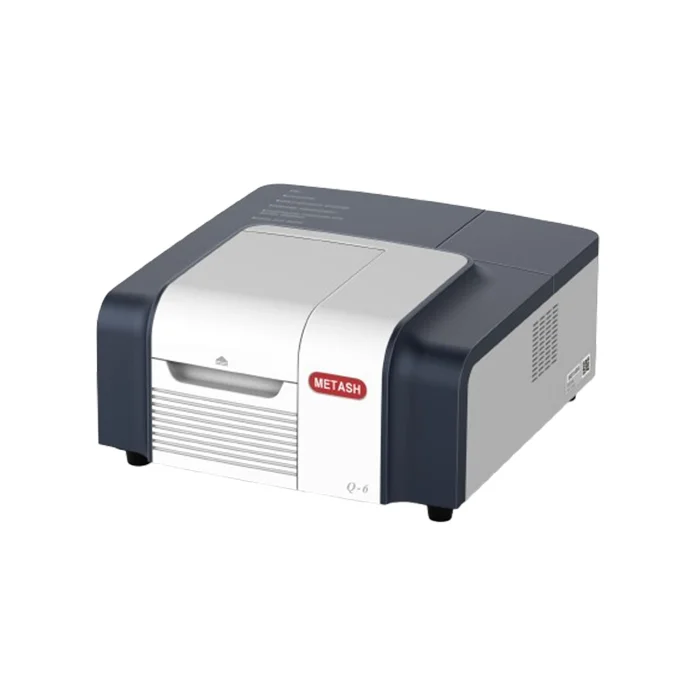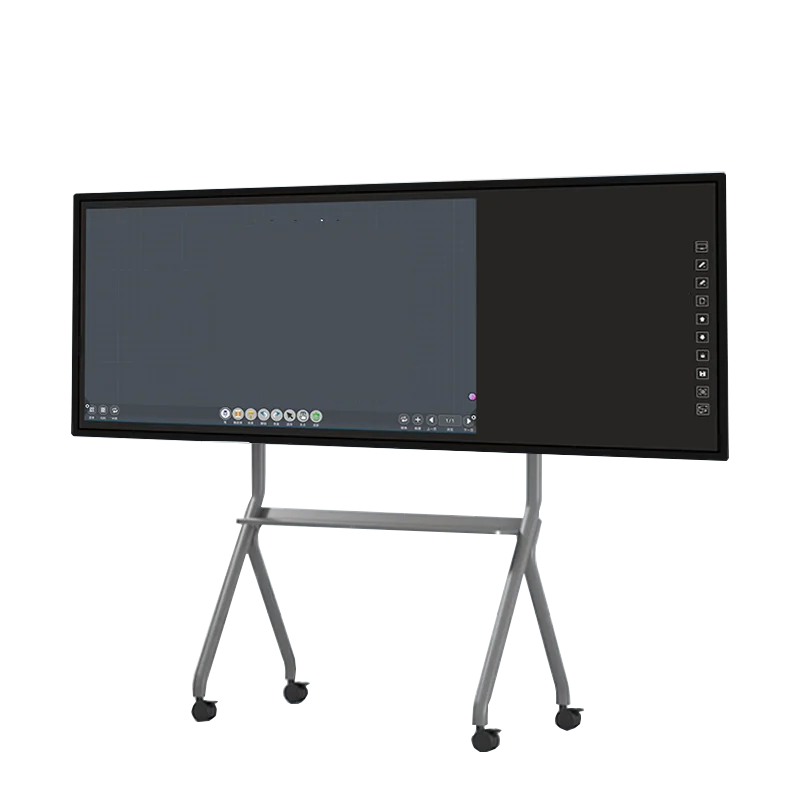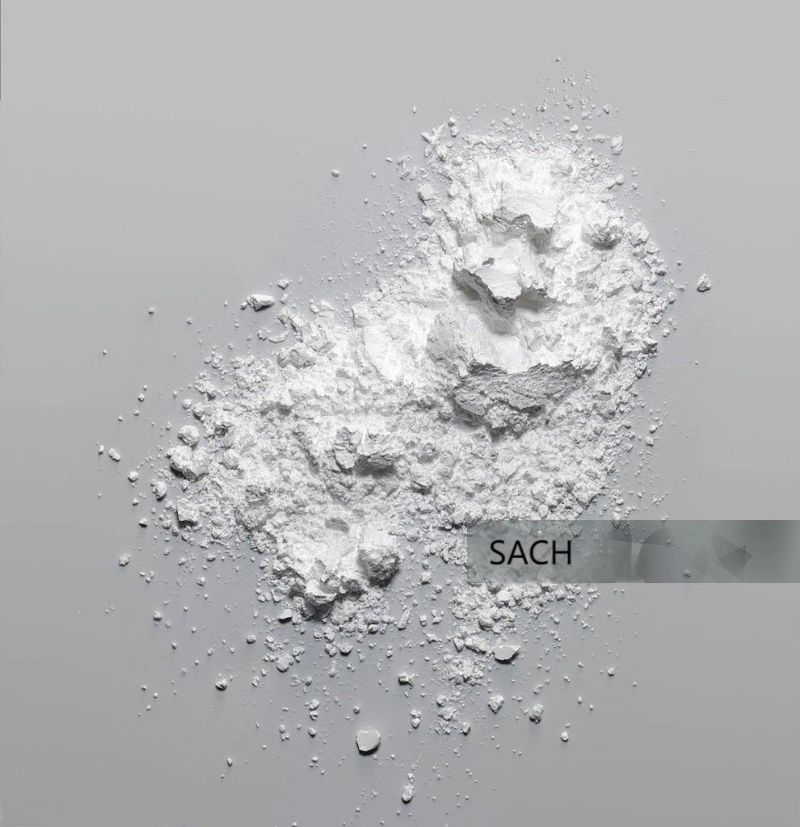Spectrophotometry plays a vital role in various scientific disciplines, including chemistry, biology, and environmental sciences. The double beam UV-visible spectrophotometer is a widely used instrument for quantitative and qualitative analysis of substances by measuring their absorption of ultraviolet and visible light. In this blog post, Metash will share factors that affect the analysis accuracy of double beam UV visible spectrophotometer, calibration and verification techniques, etc.
A double beam UV-visible spectrophotometer functions by splitting a beam of light into two paths: one passes through the sample, while the other passes through a reference solution. The instrument continuously compares the intensity of light in both paths, minimizing fluctuations caused by variations in the light source, environmental conditions, or instrument instability. This design enhances the accuracy and stability of measurements compared to single beam spectrophotometers.
Key Components of Double Beam UV Visible Spectrophotometer
1. Light Source: Typically a deuterium lamp for UV range and a tungsten-halogen lamp for the visible range.
2. Monochromator: Selects specific wavelengths of light.
3. Sample and Reference Cuvettes: Hold the solutions being analyzed.
4. Detectors: Convert light signals into electrical signals.
5. Microprocessor and Display: Process data and present results.

Factors Affecting the Analysis Accuracy of Double Beam UV Visible Spectrophotometer
1. Instrument Calibration
Regular calibration ensures accurate wavelength selection and absorbance measurements. Calibration typically involves:
- Wavelength accuracy testing using standard solutions (e.g., holmium oxide filters).
- Photometric accuracy verification with potassium dichromate solutions.
- Stray light assessment to prevent measurement interferences.
- Baseline correction to eliminate instrumental drifts.
2. Quality of Cuvettes
The accuracy of measurements is highly dependent on the optical quality of cuvettes. Factors to consider include:
- Material (quartz for UV analysis, glass for visible analysis).
- Matching path lengths for consistency.
- Cleanliness to avoid sample contamination.
3. Sample Preparation
Proper sample handling reduces variability in measurements:
- Use high-purity solvents to avoid absorption interferences.
- Filter solutions to remove particulates that cause scattering.
- Maintain consistent sample concentration and temperature.
4. Wavelength Selection and Bandwidth
Selecting an appropriate wavelength is critical for achieving accurate results. A narrow bandwidth improves resolution but may reduce light intensity, while a broader bandwidth enhances intensity but may lower specificity. The optimal balance depends on the analytical requirements.
5. Baseline and Background Correction
Performing a baseline correction eliminates errors due to instrumental drift or background absorbance. Double beam spectrophotometers inherently correct for background fluctuations, but additional blank measurements further enhance accuracy.
6. Environmental Factors
External conditions such as temperature, humidity, and vibrations can affect spectrophotometric accuracy. Operating the instrument in a controlled environment with minimal fluctuations helps maintain stability.
Calibration and Validation Techniques for Double Beam UV Visible Spectrophotometer
1. Wavelength Accuracy Testing
Use standard reference materials, such as holmium oxide or didymium filters, to verify the instrument' s wavelength accuracy.
2. Photometric Accuracy Verification
Prepare solutions with known absorbance values (e.g., potassium dichromate) and compare observed readings with expected values.
3. Stray Light Detection
Analyze solutions that strongly absorb specific wavelengths (e.g., potassium chloride for UV measurements) to identify unwanted stray light interference.
4. Baseline Correction and Stability Checks
Run blank measurements at regular intervals to ensure baseline stability and correct any drift over time.
5. Linearity Assessment
Prepare a series of standard solutions with varying concentrations and plot an absorbance vs. concentration curve to verify the linearity of response.
Improving Accuracy of Double Beam UV Visible Spectrophotometer
- Use Freshly Prepared Solutions: Avoid degradation and contamination.
- Ensure Consistent Instrument Warm-up Time: Stabilizes the light source.
- Perform Routine Maintenance: Clean optical components, replace lamps as needed, and recalibrate periodically.
- Minimize Sample Handling Errors: Use micropipettes for precise volume measurement.
- Store Data for Trend Analysis: Identify and rectify deviations over time.
Conclusion
The accuracy of analysis in a double beam UV-visible spectrophotometer depends on multiple factors, including calibration, sample preparation, instrument maintenance, and environmental control. By adhering to best practices, scientists and researchers can achieve precise, reliable, and reproducible results, making this instrument an indispensable tool in analytical laboratories worldwide. Proper validation and routine checks ensure that data obtained is trustworthy and suitable for critical applications in pharmaceutical, environmental, and biochemical research.
https://www.metashcorp.com/Analysis-Accuracy-of-Double-Beam-UV-Visible-Spectrophotometer.html
www.metashcorp.com
Metash


